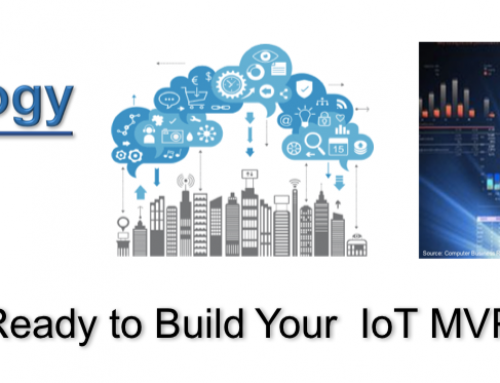One question that keeps coming up in conversations is how will virtualization impact the everyday user?
With all of the buzz around SaaS, PaaS, IaaS, or XaaS, it is clear that there are many businesses using the cloud as a delivery vehicle for software or compute services. And it is equally clear that virtualization is playing a huge – and growing – part of that. In fact, I am able to provide this website at what amounts to a trivial cost, no doubt due to the economics of my service provider’s use of virtualization.
So, this is probably the first impact – virtualization is driving down the cost of computation – further accelerating the availability of information and information services. Now, applications with tremendous computational needs are viable due to the economics of using virtual servers and on-demand computing. The days of “really big data” are coming, and will no doubt prove interesting.
But, the availability of such cheap and effective cloud computing – enabled by virtualization – coming at a time when the number of user devices are multiplying, and while wireless broadband access is becoming more and more ubiquitous and inexpensive – is going to drive huge changes in user behavior.
Up to now, many users have been reluctant to keep their data in the cloud. Concerns of privacy, cost, access, maintenance and habit trumped arguments for centralization. But, with the advent of almost universal coverage between enterprise and personal access, hot-spots and cheap 4G/LTE telephony, and the inconvenience of having data strewn across multiple devices, the resistance against personal storage in the cloud will finally break down as a matter of practical necessity. The convenience of centralized data is just going to be too big a lure. The impacts of this transformation will be huge, resulting in still more enterprise and consumer solution development investment, which will serve to further drive this trend.
In this new world, users will able to easily view, modify, and share data, and leverage cloud based computing and analysis. It seems that the idea of the thin client and data in the cloud (the network is the computer) is finally upon us. In this internet of things, the ability to share personal data from device to device and person to person in the cloud will only spur more innovation, extend our personal abilities and change our behaviors is ways we can’t yet guess.
Too much? I don’t think so. How much have we changed already with Wikipedia, SalesForce.com, and other cloud based services? I think we are just now getting started. I will continue to research this as I am fascinated by the social, economic and technical elements of the changes to come.



Thanks for the comments – As you can probably see, I am just getting started.
As for active blogs on these subjects, there quite a community around software defined networking laid out on http://www.sdncentral.com/software-defined-networking-blogroll/ , as well as at http://www.openflow.org/wp/. And, there are a lot of different choices for the broad topic of virtualization. There was actually a poll done for the 2013 top virtualization sites, which is listed in this post: http://vsphere-land.com/news/2013-top-vmware-virtualization-blog-voting-results.html.
Sorry for the delay in getting back to you, and best –